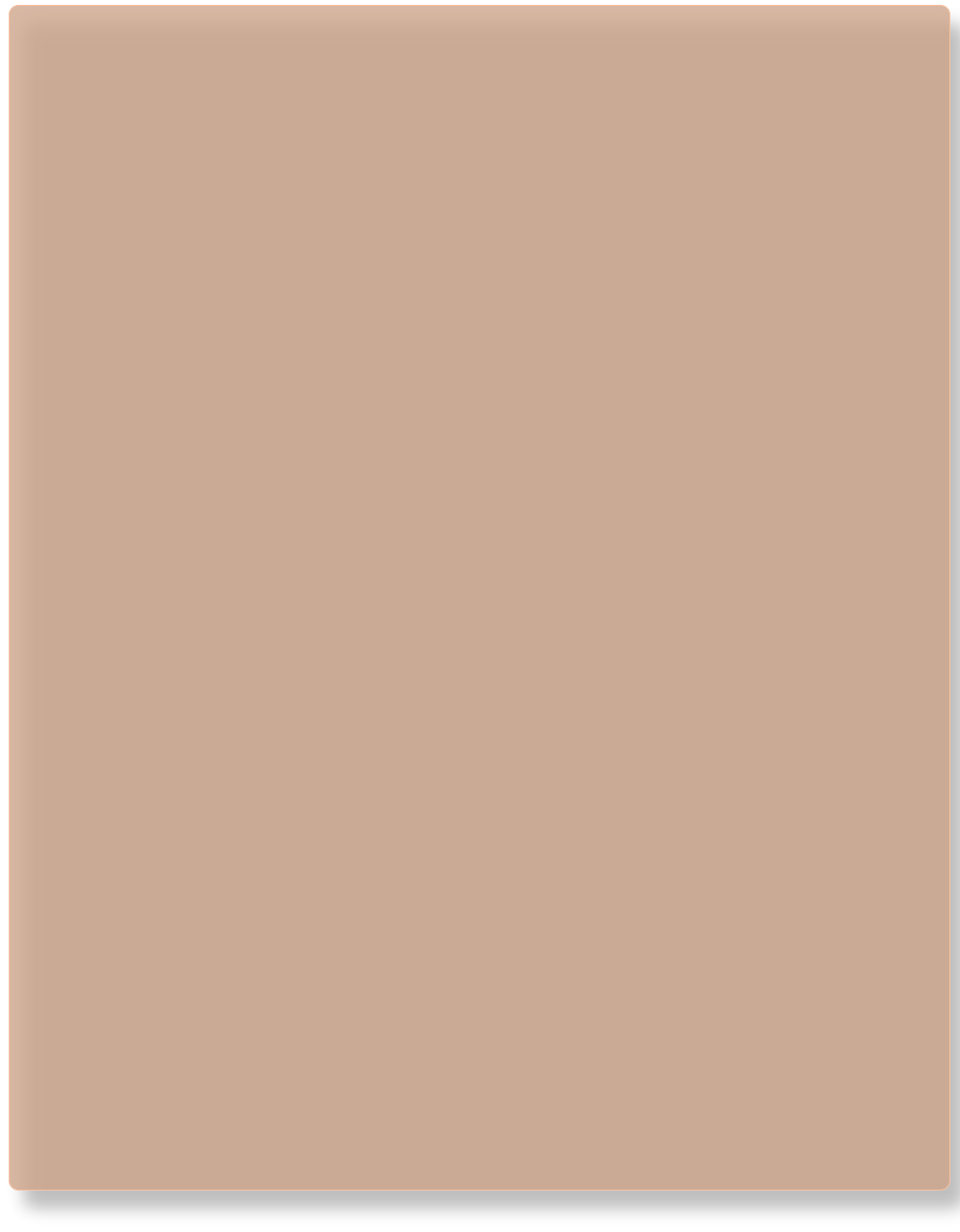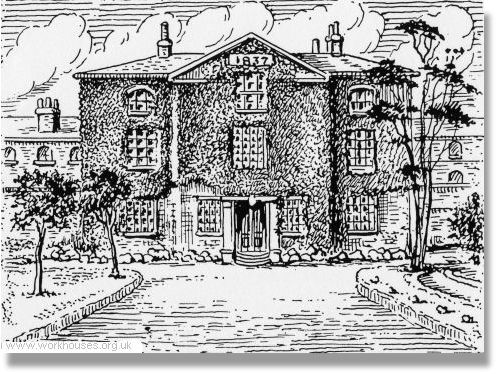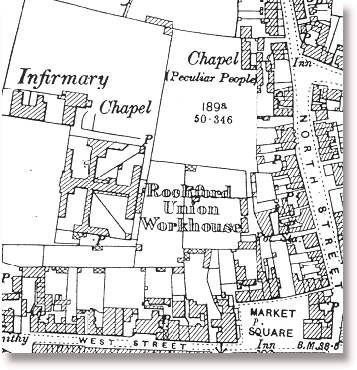

Rochford Poor Law Union formally came into being on 30th October 1835. Its operation was overseen by an elected Board of Guardians, 26 in number, representing its 23 constituent parishes as listed below (figures in brackets indicate numbers of Guardians if more than one):
County of Essex:Ashingdon, Barling, Canewdon, Eastwood, South Fambridge, Hadleigh, Hawkwell, Hockley, Leigh, Paglesham, Prittlewell (2), Rawreth, Rayleigh (2), Rochford (2), Shopland, North Shoebury, South Shoebury, Southchurch, Great Stambridge, Little Stambridge, Sutton, Great Wakering, Little Wakering.
The population falling within the union at the 1831 census had been 12,953 with parishes ranging in size from Shopland (population 117) to Prittlewell (2,266) and Rochford itself (1,526). The average annual poor-rate expenditure for the period 1833-5 had been £9,485 or 14s.8d. per head of the population.
 Rochford Union workhouse was built in 1837 on a site at the north side of West Street in Rochford. The building cost in the region of £5,000 and accommodated 300 inmates. It was designed by William Thorold who was also the architect of the Norfolk workhouses at Depwade, Guiltcross, Thetford, Walsingham and Wayland. His Rochford design is clearly based on one of the Sampson Kempthorne's model plans published by the Poor Law Commissioners in 1835 and 1836. The entrance to the workhouse is shown on a drawing made (left) in 1937 at the time of the institution's centenary.
Rochford Union workhouse was built in 1837 on a site at the north side of West Street in Rochford. The building cost in the region of £5,000 and accommodated 300 inmates. It was designed by William Thorold who was also the architect of the Norfolk workhouses at Depwade, Guiltcross, Thetford, Walsingham and Wayland. His Rochford design is clearly based on one of the Sampson Kempthorne's model plans published by the Poor Law Commissioners in 1835 and 1836. The entrance to the workhouse is shown on a drawing made (left) in 1937 at the time of the institution's centenary.
An infirmary was added at the north-west of the workhouse in 1858 and a chapel in around 1865.
 A number of other additions were made in the early 1900s including a children's home in Acacia House at the junction of South Street and East Street in Rochford. This building is now used as council offices. In 1901, the original infirmary became used for male patients, with and infirmary administration block a female infirmary being erected to the north. At around this period, two blocks were erected at the east side of the southern entrance from Union Lane. The northernmost may have been used for lunatics or imbeciles, while the southern may have served as a receiving ward.
A number of other additions were made in the early 1900s including a children's home in Acacia House at the junction of South Street and East Street in Rochford. This building is now used as council offices. In 1901, the original infirmary became used for male patients, with and infirmary administration block a female infirmary being erected to the north. At around this period, two blocks were erected at the east side of the southern entrance from Union Lane. The northernmost may have been used for lunatics or imbeciles, while the southern may have served as a receiving ward.
In 1912, a new dining-hall, kitchens and laundry were erected at the east of the chapel. In May 1916, the aged and infirm block was taken over by the military authorities for housing German prisoners of war.
In 1920, the workhouse infirmary became known as Rochford Hospital and expanded in the 1920s with a new board-room block at the south of the site, additions to the infirmary and nurses' home, and a new block for mental and feeble-minded patients. The board-room block was also subsequently used as a chapel.
In 1930, the infirmary was handed over to the control of Southend-on-Sea's Public Health Committee. It underwent further expansion to the north-west, with the erection of new buildings in the "international modern" style. The hospital site was renamed Southend Municipal Hospital, later becoming Rochford General Hospital. The workhouse part of the site was transferred to the Public Assistance Committee and was renamed Rochford House. The main building was rebuilt in stages during the 1930s. The workhouse and hospital sites are shown on the 1938 map below.
After 1948, the former workhouse became Connaught House old person's hostel, and was later known as the Roche Close home for the aged. Most of the former workhouse buildings were demolished in the late 1990s.
Poor of Foulness Island
During the Napoleonic Wars two Coastal Semaphore Stations were established on the island, manned by the Rochford Hundred Volunteers and from 1798 to 1815 Amelia Bennewith was listed in the ale-house recognizances as the Licensee of a third Public House on the island called the Rochford Hundred Volunteer, located in the north east of the village. In 1825 the pub changed roles and became the parish poor house but was demolished by the War Office towards the beginning of World War I along with the mill and a wooden lock-up which was located near the church.



© 2015 - Richard Kirton - All Rights Reserved | Privacy Policy | Terms of Use | Site Map

